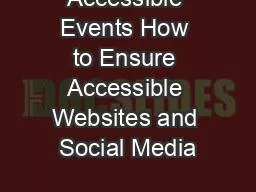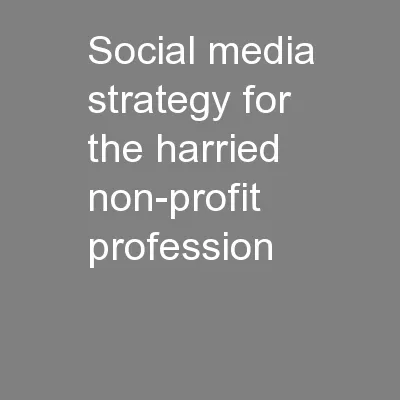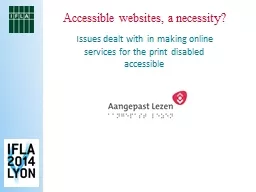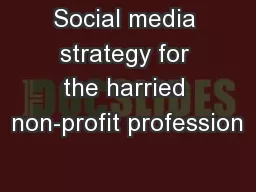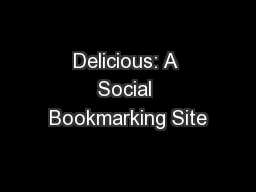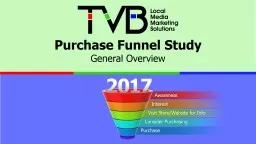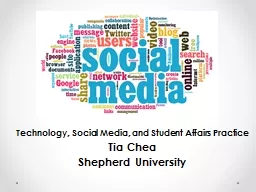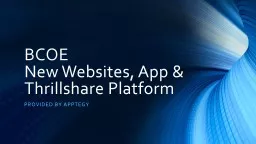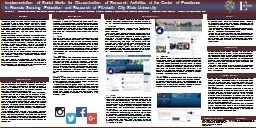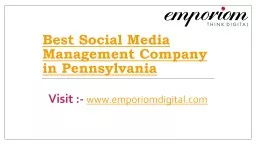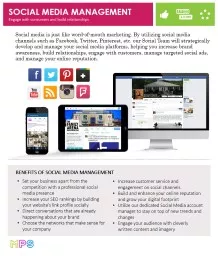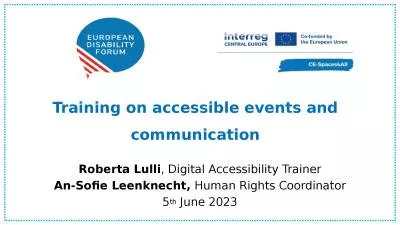PPT-Accessible Events How to Ensure Accessible Websites and Social Media
Author : desiron | Published Date : 2020-06-16
Equity and Access Webinar Series Partners BoardSource The California Wellness Foundation Catalogue for Philanthropy Greater Washington Center for Disaster Philanthropy
Presentation Embed Code
Download Presentation
Download Presentation The PPT/PDF document "Accessible Events How to Ensure Accessib..." is the property of its rightful owner. Permission is granted to download and print the materials on this website for personal, non-commercial use only, and to display it on your personal computer provided you do not modify the materials and that you retain all copyright notices contained in the materials. By downloading content from our website, you accept the terms of this agreement.
Accessible Events How to Ensure Accessible Websites and Social Media: Transcript
Download Rules Of Document
"Accessible Events How to Ensure Accessible Websites and Social Media"The content belongs to its owner. You may download and print it for personal use, without modification, and keep all copyright notices. By downloading, you agree to these terms.
Related Documents

